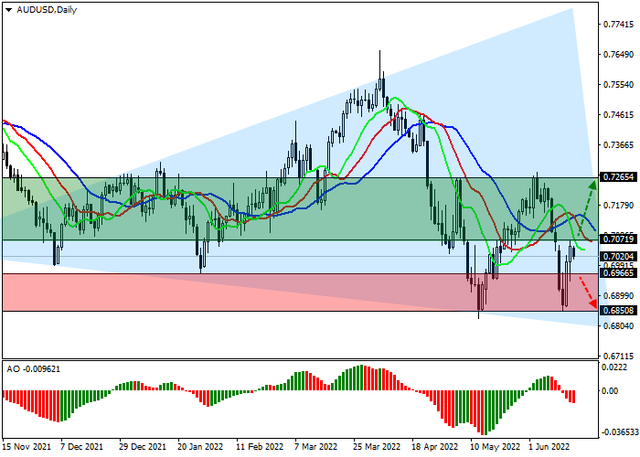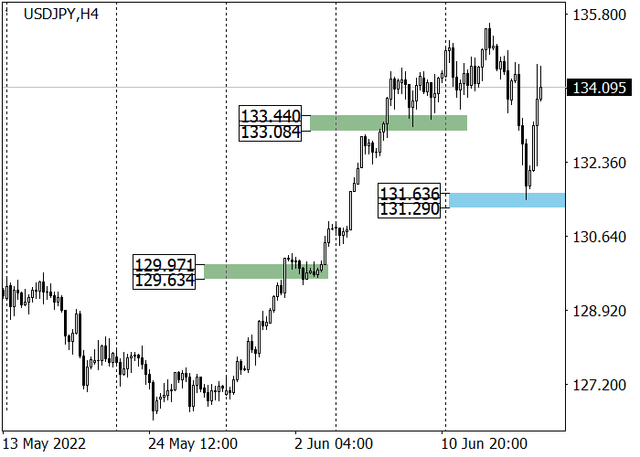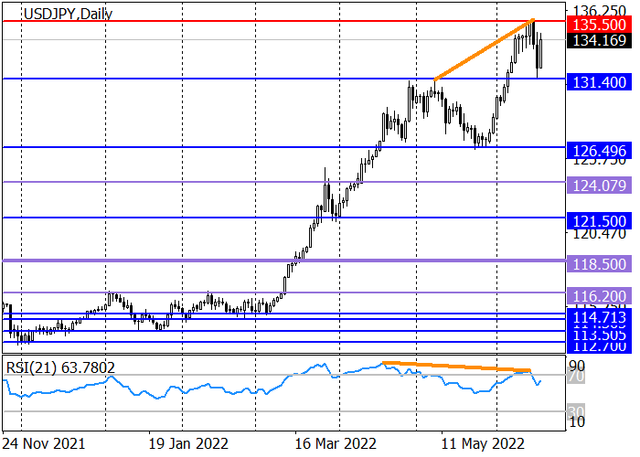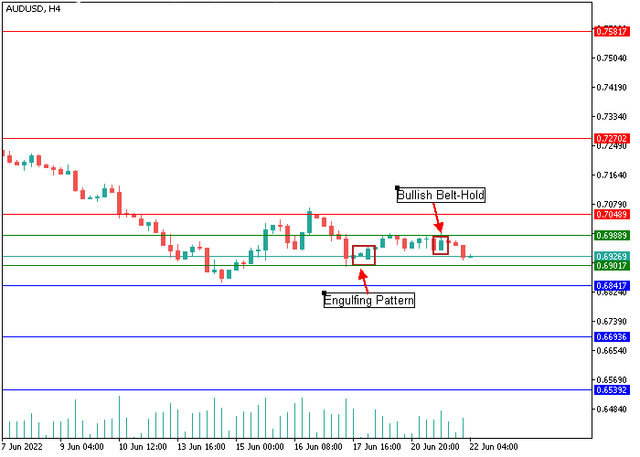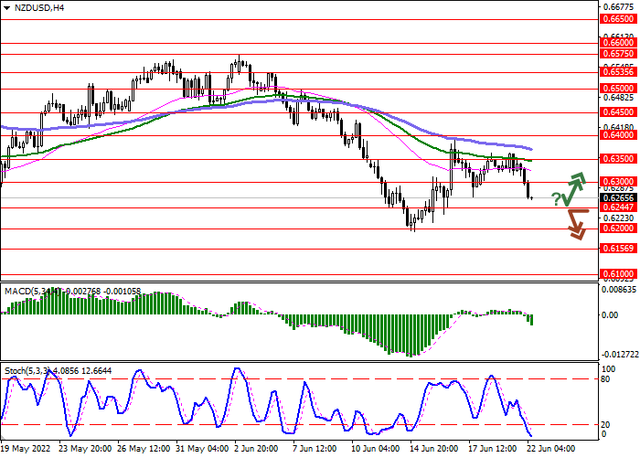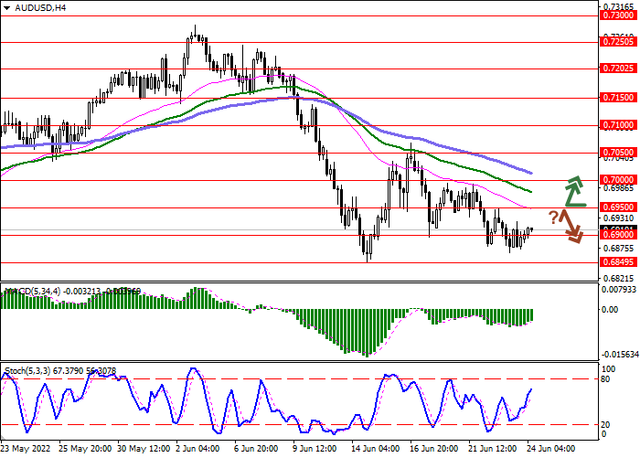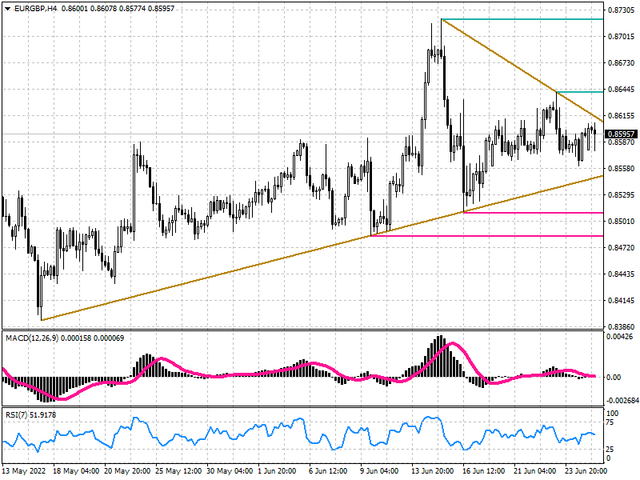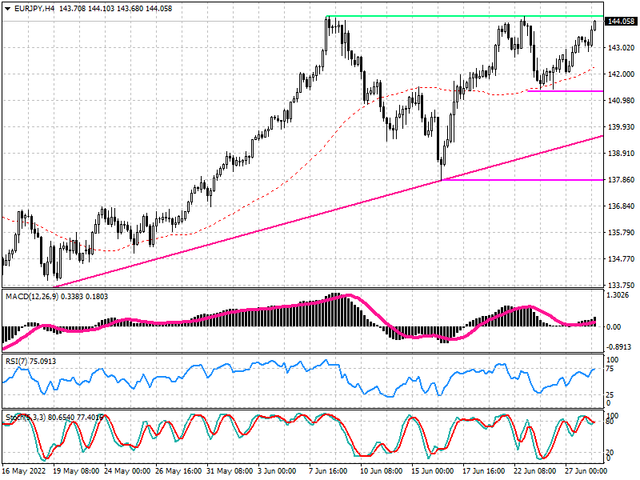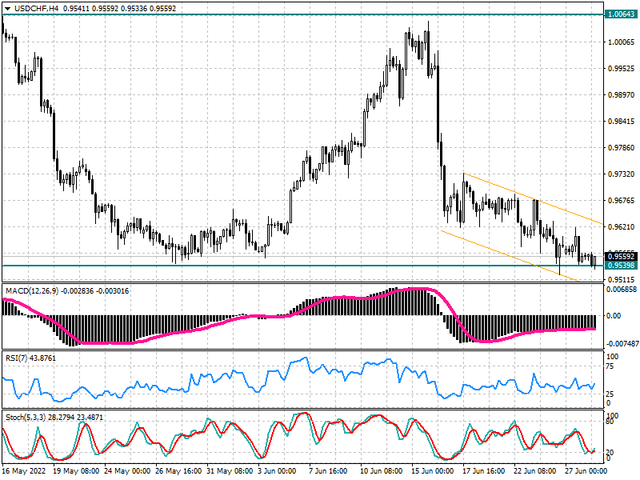SOLID ECN LLC
Solid ECN Representative
- Messages
- 515

USD JPY, the market is waiting for decisive steps from the Bank of Japan
The USD JPY pair shows extremely unstable trading dynamics as investors are waiting for a two-day meeting of the Bank of Japan on monetary policy, being corrected around 134.36.
The yen is rapidly declining amid ultra-soft policy from the country's main financial regulator, and inflation in May rose sharply to 2.5% from 1.2%, which requires the authorities to take steps to contain it. As for the local macroeconomic background, foreign trade data were published today, among which the increase in imports by 48.9% in May is particularly notable, which led to a serious correction in the trade balance to –2.384T yen from –842.8B for the month previously.
The American currency unexpectedly for investors remained at the beginning of the week at 105 in the USD Index after the decision of the US Federal Reserve to raise the rate by 75 basis points to 1.75%. Also, the regulator plans to increase the pace of treasury and mortgage securities sales from September to 60B and 35B dollars, respectively, from the current 30B and 17.5B dollars. By the end of the year, the agency expects that the rate will reach 3.4%, and in 2023, the rate of increase will be reduced, and the indicator will stop around 3.8%, after which it is planned to start a cycle of reduction in 2024 and bring the value to 3.4%.
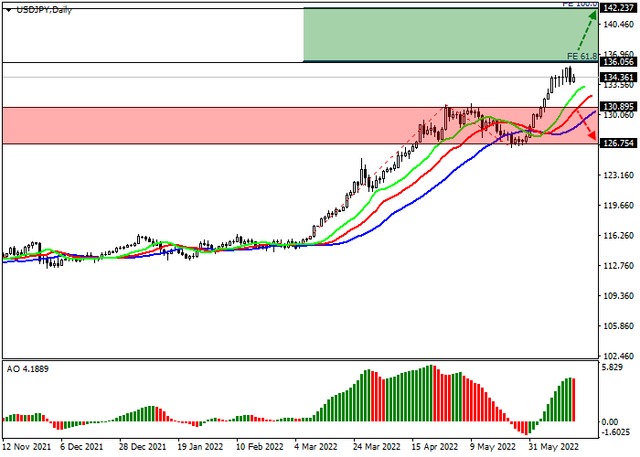
The instrument is moving within the global uptrend, having renewed another high of the year at 135.5 yesterday. Technical indicators maintain a stable buy signal: indicator Alligator's EMA oscillation range expands upwards, and the histogram of the AO oscillator forms new rising bars.
Resistance levels: 136, 142.2 | Support levels: 130.9, 126.75
Read more market news


